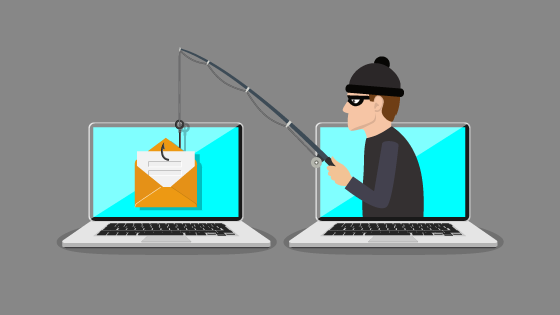Originally posted on IT Business Edge.
Threats are out there, and you know you should be looking at risk management software options to protect your network and data. But where do you begin?
“Organizations that are serious about adopting a risk-based approach to security should think holistically about the threats and adverse events their organizations face now, and will face in the future,” said Haystax Technology CEO Bryan Ware. “Every world-class risk management program I’ve seen combines sound policies and practices with analytics solutions and broad data sets to identify current and emerging risks in a predictive way — not after the crisis has occurred.”
Haystax Technology, for example, uses a unique patented approach to developing risk management software that proactively finds everything from insider threats and compromised accounts to terrorist activity. “This AI technique, which we call ‘model first,’ has already been operationally proven to drastically reduce false positives while prioritizing real risks to an organization,” explained Ware. “It’s an approach that allows analysts to look at the highest risks first and then drill into all the alerts or events that drove those risks, versus manually sifting through and correlating indicators of compromise — which is time-consuming and inefficient.”
Tips for Finding the Right Risk Management Software for Your Organization
hen choosing which specific tools to use, there are a few key factors to address.
Ofer Amitai, CEO of network access control company Portnox, offers a few tips to follow:
- The tools used should provide complete visibility and clarity about what is going on across all verticals and layers of computing, in all locations and for all devices being used by the organization and its staff. This would require a valuable detection piece for each category to recognize all communications, devices and machines.
- In an ideal situation, the risk management software should keep historical information on usage and device data that can be used for improved machine learning on what comprises a risk factor for the company. This can be analyzed by the tools’ administrators and ultimately be used for faster and more accurate threat detection and prevention.
- Organizations should look for simplicity in terms of configuration, deployment and usage. Simplicity is worth its weight in gold as businesses are looking for efficient solutions and saving time across all these mentioned categories.
- Enterprise risk management software should have the programming to isolate potential threats before they can access the more internal and important data, allowing the enterprise to assess if the risk is a real threat or not.
- Tools used should not interfere with any other management tools used by the organization both now and in the future. Ideally, your management tools interact well with each other and communicate to provide clarity.
“It is extremely difficult to protect against threats that are not recognized by your risk management software and not assessed as potential threats,” said Amitai. “Once detection is possible, protection is a viable option.”
Read the full article here.
Try Portnox Cloud for Free Today
Gain access to all of Portnox's powerful zero trust access control free capabilities for 30 days!









